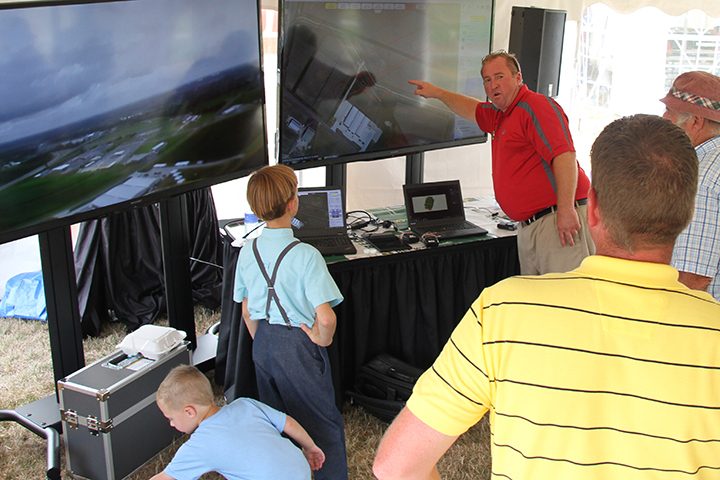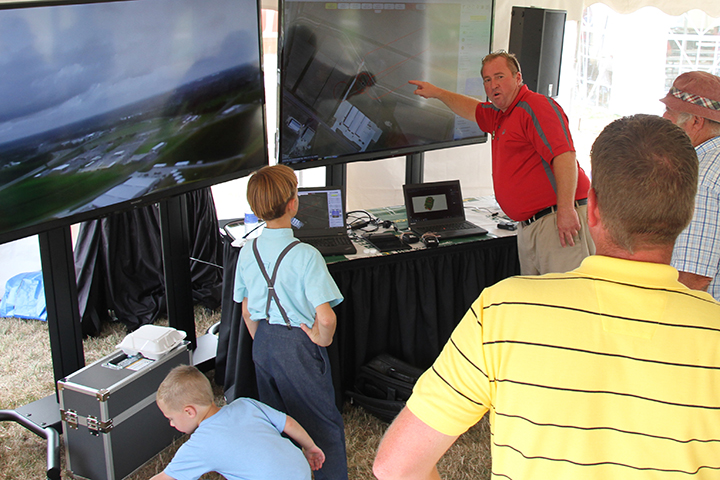
By Chris Bavender
A unique partnership between an Indiana university and a seed company will help Hoosier farmers grow better crops. Beck’s Hybrids and Indiana State University are working to train drone pilots to get an eye in the sky on crops.
“Historically, the problem farmers run into is that patterns within their fields get larger than they can see standing on the ground, but once they get some elevation they can see those patterns easier,” said Jim Love, UAV and light robotics manager for Beck’s, which recently opened a new corporate hangar at Indianapolis Executive Airport in Zionsville.
“They can establish what caused the problem or, in some cases, why some areas are better than others, so this is a tool for better scouting to get uniformity in fields,” Love said.
ISU condensed what had been an eight-week course into a two-day seminar for Beck’s. Training started in Nov. 2016, with three sessions already completed.
“We took some of our smartest and best agronomists and taught them to be drone pilots and trained some of our dealers, such as independent contractors who work for us, and even let a few of our competitors attend,” Love said. “Part of the reason we cast a wide net was we felt if our competitors are better trained it would be better for everyone who wants to use this technology, because there would be less problems.”
Close to 60 people have been trained to date, with another session tentatively scheduled for fall. The new drone pilots received roughly 16 hours of training. Love said the ultimate goal of the program is to help customers be successful.
“We are constantly looking at new products and innovation, and this is just another advancement in technology to help farmers make more timely assessments,” he said. “In the old days you might have a 10-day waiting period to get an aerial photo, and now you have it right away. So, because these are timely and give more actionable data, (farmers) have a better chance of making corrections midseason whereas the crop may have been too far along by the time they got the data back before.”



